Norway: Norway continues to set the gold standard in electric vehicle (EV) adoption, solidifying its position as the global leader in sustainable transportation. In 2024, pure-electric vehicles accounted for an impressive 88.9% of all new car sales, a significant leap from the already notable 82.4% recorded in 2023. This exceptional feat highlights Norway’s unwavering commitment to combating climate change and transitioning to a greener economy. While the rest of the world grapples with the challenges of EV adoption, Norway provides a blueprint for success.
Factors Driving Norway’s EV Revolution
1. Government Policies and Incentives
One of the primary reasons behind Norway’s success in EV adoption is its strong government policies and financial incentives. Here are some of the critical measures:
- High Taxes on Petrol and Diesel Cars: Traditional internal combustion engine (ICE) vehicles are taxed heavily in Norway. This includes high registration fees, CO2 emission taxes, and fuel excise duties, making ICE vehicles less attractive to buyers.
- Tax Exemptions for EVs: EVs are exempt from import duties, purchase taxes, and value-added tax (VAT). These exemptions significantly lower the upfront cost of electric cars, making them competitive with, or even cheaper than, ICE vehicles.
- Subsidized Toll and Parking Fees: EV owners enjoy reduced or waived toll fees on roads, ferries, and bridges. Additionally, free or discounted parking for EVs in urban areas further encourages adoption.
- Access to Bus Lanes: In many cities, EVs are allowed to use bus lanes, reducing commute times and making them a more convenient option for urban dwellers.
2. Extensive Charging Infrastructure
Norway has invested heavily in building an extensive and reliable charging network. The country boasts one of the highest densities of charging stations per capita in the world. Key aspects include:
- Fast-Charging Stations: With thousands of fast-charging stations strategically placed along highways and urban areas, EV owners experience minimal range anxiety.
- Home Charging Incentives: Subsidies for home charging installations make it convenient for EV owners to charge their vehicles overnight.
- Renewable Energy Integration: Norway generates over 98% of its electricity from renewable sources, primarily hydropower. This ensures that EVs in Norway operate with a minimal carbon footprint.
3. Public Awareness and Environmental Commitment
Norwegians have a strong sense of environmental responsibility. The government’s campaigns to raise awareness about climate change and the benefits of EVs have resonated with the population. Many Norwegians view EV ownership as a practical way to contribute to reducing carbon emissions.
The Rise of Electric Vehicles in India: A Milestone Achieved in 2025
Top EV Brands Dominating the Norwegian Market
The dominance of EVs in Norway is reflected in the popularity of specific brands. In 2024, the top-selling EV brands included:
- Tesla: Leading the pack with its high-performance models, Tesla remains a favorite among Norwegian consumers. Models like the Tesla Model Y and Model 3 are particularly popular.
- Volkswagen: Volkswagen’s ID series, including the ID.3 and ID.4, has gained significant traction, offering affordability and reliability.
- Toyota: Known for its hybrid technology, Toyota’s entry into the fully electric market has been well-received.
Additionally, Chinese EV manufacturers, such as BYD and NIO, accounted for 10% of new car sales in 2024. These brands offer competitively priced models with advanced features, further diversifying the market.
Comparing Norway’s EV Adoption to Other Countries
Norway’s EV adoption rate of 88.9% in 2024 far surpasses other countries. Below is a comparison of EV adoption rates among leading nations:
| Country | EV Adoption Rate (%) |
|---|---|
| Norway | 88.9 |
| Denmark | 50.4 |
| Sweden | 34.4 |
| Netherlands | 33.2 |
| Finland | 28.8 |
| EU Average | 13.4 |
| USA | 8.9 |
This stark disparity underscores the effectiveness of Norway’s policies and infrastructure investments. The gap also highlights the challenges faced by other countries in replicating Norway’s success.
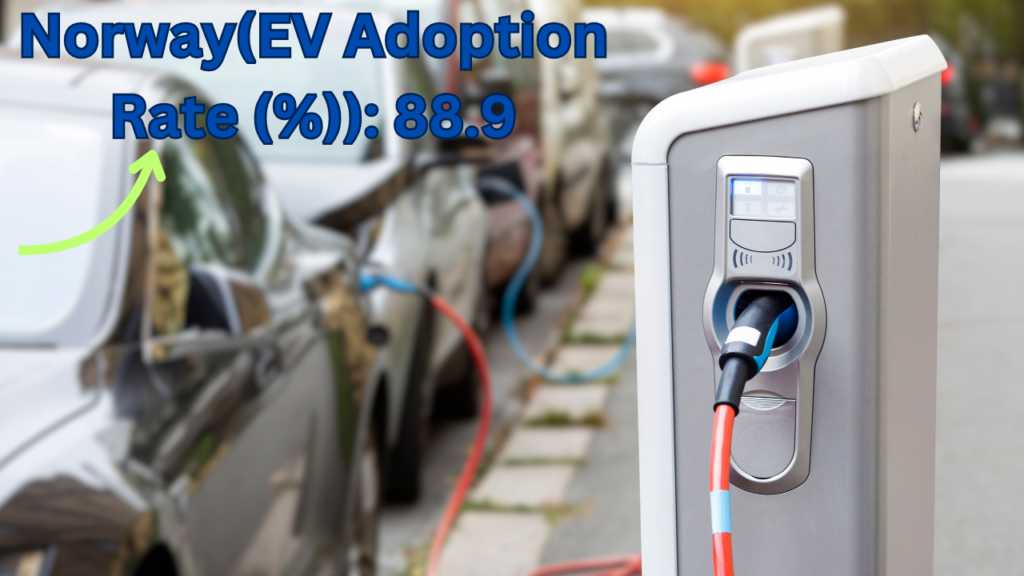
The Economic and Social Impact of EV Adoption
1. Economic Growth vs. Petroleum Dependency
Norway’s economy relies heavily on oil and gas, which account for 21% of its GDP and 45% of its exports. Despite its push for green transportation, Norway remains one of the largest exporters of petroleum.
This duality raises questions:
- Can Norway continue to lead in EV adoption while maintaining its petroleum exports?
- How will the global transition to EVs impact Norway’s oil-dependent economy in the long run?
(Learn more about Norway’s petroleum exports here.)
2. Job Market Transformation
The rise of EVs is transforming the automotive job market:
- Reduced Demand for Mechanics: EVs have fewer moving parts, leading to lower maintenance needs. This could result in job losses for traditional auto mechanics.
- Shift in Spare Parts Industry: As ICE vehicles decline, businesses specializing in traditional car parts may face closures.
- Opportunities in EV-Related Fields: New jobs are emerging in battery manufacturing, charging infrastructure development, and renewable energy sectors.
3. Environmental and Health Benefits
The widespread adoption of EVs contributes to cleaner air and reduced noise pollution. This has significant health benefits, including lower rates of respiratory diseases and improved overall quality of life.
Challenges and Criticisms
While Norway’s achievements are commendable, the transition to EVs is not without challenges:
- Fire Safety Concerns: EV battery fires require specialized firefighting techniques and equipment. Are Norway’s fire stations prepared?
- Battery Recycling and Waste Management: The environmental impact of EV batteries, particularly in terms of mining raw materials and recycling, remains a concern.
- Supply Chain Disruptions: Reducing dependence on fossil fuels could have unforeseen ripple effects on global supply chains and economies.
Lessons for the World
Countries aspiring to replicate Norway’s success should consider the following:
- Policy Framework: Implement aggressive taxation on ICE vehicles and provide substantial incentives for EV adoption.
- Infrastructure Investments: Build a robust charging network to ease range anxiety.
- Public Awareness: Educate citizens on the benefits of EVs and the importance of sustainable practices.
- Focus on Sustainability: Ensure that the transition to EVs is supported by renewable energy sources to maximize environmental benefits.
Norway: Conclusion
Norway’s remarkable achievement in EV adoption serves as an inspiration for the rest of the world. By combining effective policies, infrastructure investments, and public awareness, Norway has shown that transitioning to a greener future is possible. While challenges remain, the country’s efforts offer valuable lessons for nations striving to reduce their carbon footprints.
Norway: FAQs
1. What percentage of Norway’s new car sales in 2024 were EVs?
Pure-electric vehicles accounted for 88.9% of all new car sales.
2. Which are the top-selling EV brands in Norway?
Tesla, Volkswagen, and Toyota were the leading brands in 2024.
3. How does Norway incentivize EV adoption?
The country exempts EVs from import and VAT taxes, provides reduced toll fees, and allows EVs to use bus lanes.
4. What is the EV adoption rate in the USA?
The EV adoption rate in the USA was 8.9% in 2024.
5. What challenges arise with high EV adoption?
Challenges include economic impacts on the petroleum industry, job losses in traditional automotive sectors, and environmental concerns related to battery recycling.

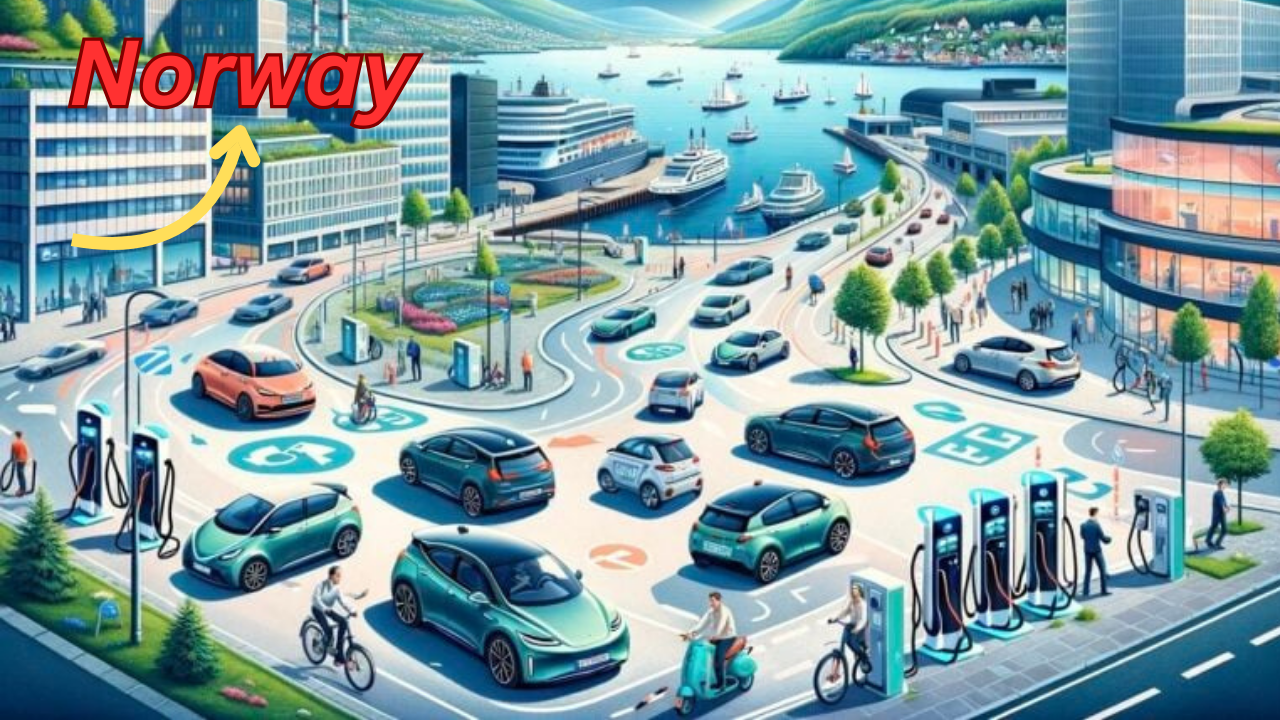

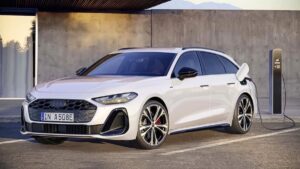


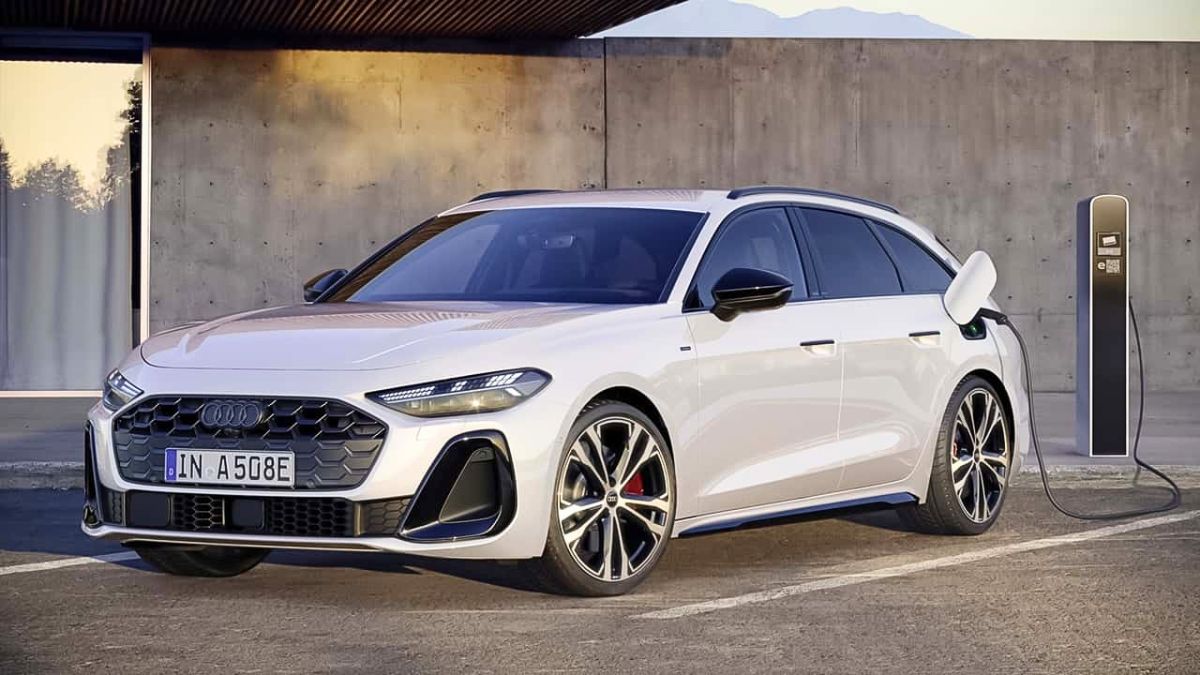

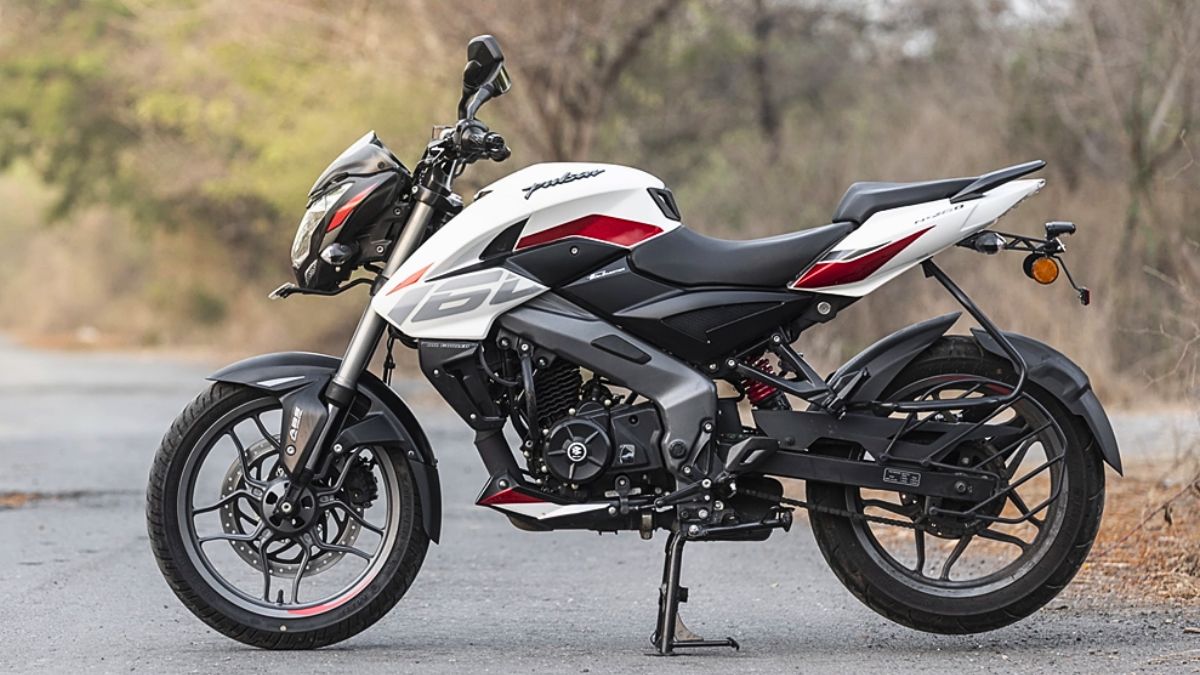
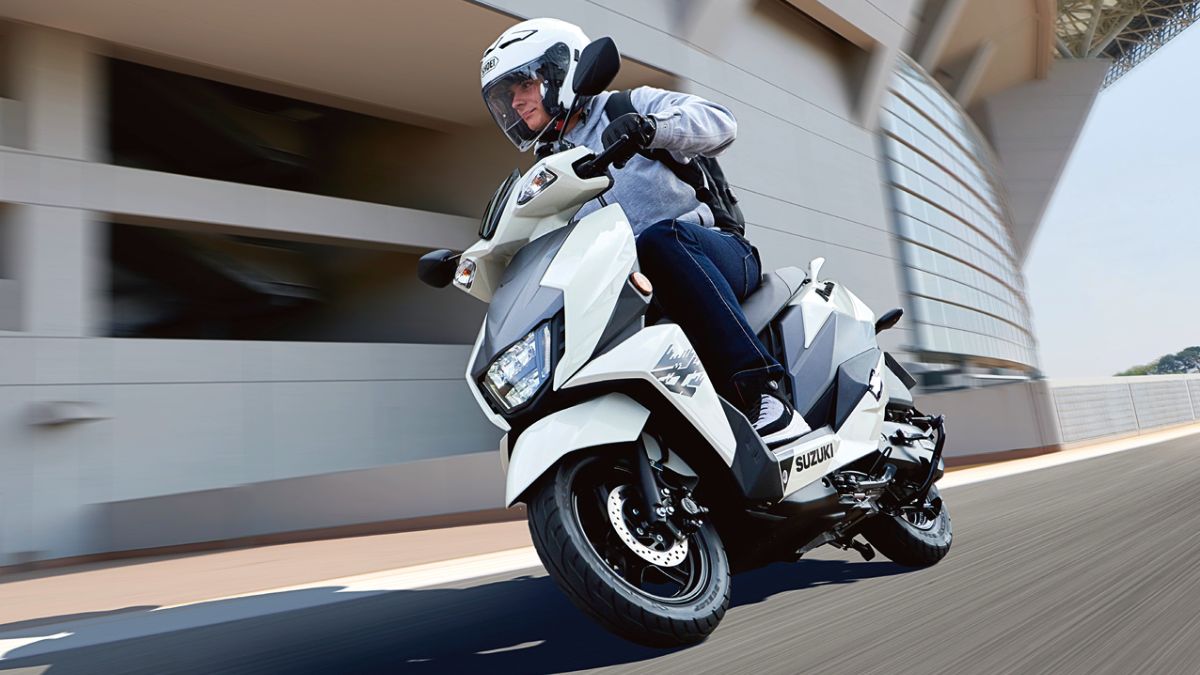

1 thought on “Norway: A Global Leader in Electric Vehicle Adoption 2025”